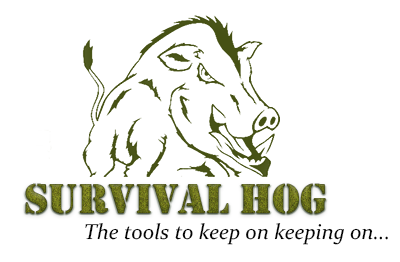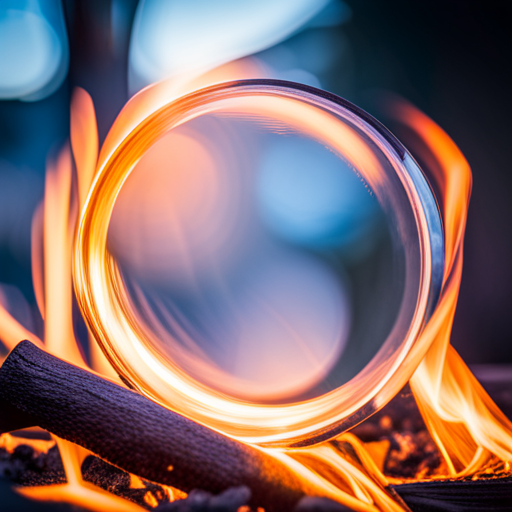When it comes to preparing for survival situations, having the right tools is essential. This is especially true when considering fire-making needs; a reliable and easy-to-use fire source can make a big difference in an emergency. That’s why plasma lighters are an ideal choice for campers and survivalists looking to stay prepared.
Plasma lighters use electrical arcs of energy rather than fuel, so you don’t need to worry about running out of fuel when you need it most. Additionally, they are rechargeable: simply plug them into any USB-compatible device to get them ready for your next adventure. Plasma lighters also have windproof designs that allow you to keep the flame going regardless of weather conditions.
1. Plasma lighters are an ideal choice for campers and survivalists looking to stay prepared.
2. They use electrical arcs of energy rather than fuel or batteries, so you don’t need to worry about running out of fuel or replacing batteries when you need it most.
3. Additionally, they are rechargeable: simply plug them into any USB-compatible device to get them ready for your next adventure.
4. Plasma lighters also have windproof designs that allow you to keep the flame going regardless of weather conditions.
5. With their reliable performance and ease of use, plasma lighters are a great choice for anyone looking to stay safe while out in the wild.
6. All in all, plasma lighters are an excellent tool for campers and survivalists alike. They offer a reliable, efficient fire-making solution that is easy to use and requires no fuel. And with their windproof designs and rechargeable capabilities, you can be sure you’ll stay prepared for any situation. So if you’re looking for a reliable way to make fire while camping or in a survival situation, look no further than the trusty plasma lighter!
Keep in mind that you will need a source of electricity to keep your plasma lighter going indefinitely. A solar panel is a great option for this to provide endless use while out in the woods.


